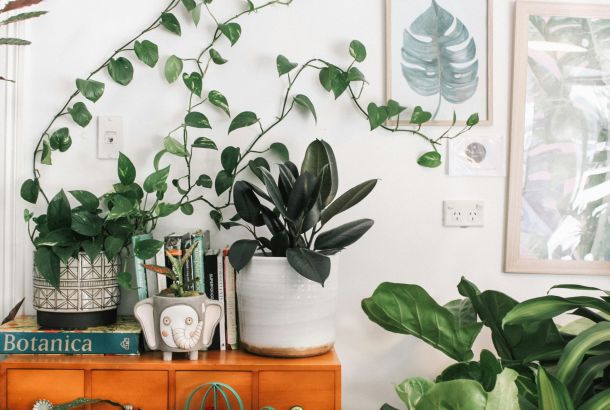No pressure to be positive—just be body neutral

It would be great if everyone loved their bodies, but it’s just as fine to neither love nor hate it: enter the body neutrality movement.
In my opinion, the body positivity and neutrality movements have the same goal: getting us to unlearn the crap we have internalised from society, and maybe reeducating us along the way. Only their messages are different. Body positivity means that you love your body, while neutrality asks only for acceptance.
It’s hard to love always our bodies: for one thing, they constantly change. Yet your physical appearance does not equate to anything. Both movements are important and will resonate with different people, depending on their experiences and relationship with their body.
Unfortunately, there are many obstacles to feeling neutral or positive about your body. I’m a size 12 or 14 (a body considered ‘healthy’ by society), but even I struggle to shop certain brands. I had many fitting-room breakdowns as a teenager when I struggled to zip up trousers. It’s like these brands are saying who is worthy of buying their products—skinny people, without a stretch mark or fat roll in sight.
The marketing around food doesn’t help either. Products labelled as ‘healthy’ are simply sugar-, gluten-, or dairy-free. Great for those who have intolerances, but why are they called ‘healthy’? Its a sign of moralising over ‘good’ and ‘bad’ food, which is nonsense. What has a KitKat done to deserve being called ‘bad’?
For me, celery is bad. It’s disgusting. And I hate those weird bars that are just mashed-up dates and nuts pretending to be a chocolate bar. Gross. I fear that under the guise of ‘health’, a polarisation of food is making restrictive diets easier and eating disorders more common.
Body positivity and body neutrality movements acquaint us with bodies that traditional media rejects. They also show us that you needn’t desire to lose weight, to be that ‘before’ photo. But body positivity has moved away from its accepting origins. It is now a soapbox for those under size 16 (if you’re lucky), which is, of course, not all bodies. I hope the body neutrality movement remains as it is, untouched by companies looking after their own interests.
Instagram has some great accounts to follow: @bodyposipanda and @beyondbeautifulbook, are among those who have been re-educating me. Instagram may be part of the problem, but ironically, for me, it was also a solution. So be conscious of who you follow and be critical of how you think about your body. Or, alternatively, don’t think about it at all.







